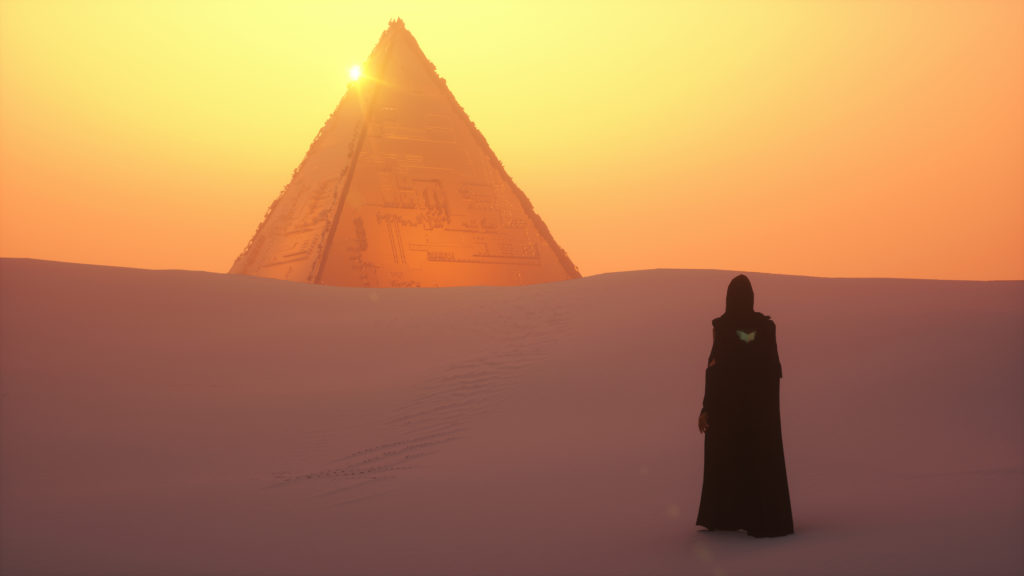In recent years, a growing body of historical finds has sparked a renewed interest in the possibility that Earth may have been visited by extraterrestrial beings in antiquity. This idea, often referred to as the “ancient aliens” hypothesis, posits that advanced civilisations from other planets played a role in shaping human history, leaving behind traces of their presence in the form of architectural marvels, unexplained artefacts, and ancient texts. While the theory remains controversial, the accumulation of evidence has led many to question whether we are missing key pieces of the technological and intellectual knowledge that our ancestors may have possessed.

One of the most striking aspects of the ancient aliens hypothesis is the suggestion that many of the great architectural achievements of antiquity could not have been accomplished without the aid of advanced technology. Structures such as the Great Pyramid of Giza, the Nazca Lines in Peru, and the megalithic temples of Malta have long puzzled historians and archaeologists. The precision with which these monuments were constructed, often with stones weighing several tonnes, raises questions about the tools and techniques available to ancient builders. In the absence of definitive explanations, some researchers have speculated that these achievements could be evidence of extraterrestrial assistance.
Moreover, certain ancient texts and artefacts have been interpreted as possible depictions of alien encounters or advanced technologies. For example, the ancient Indian epics, the Mahabharata and the Ramayana, describe aerial chariots known as “Vimanas” that bear a striking resemblance to modern spacecraft. Similarly, the Dogon tribe of Mali possesses an extraordinary understanding of the star Sirius, which they claim was imparted to them by beings from the Sirius star system. Such accounts, while often dismissed as myth or folklore, have prompted some to reconsider the possibility that our ancestors may have had contact with extraterrestrial visitors.
The notion that ancient civilisations possessed lost or forgotten technologies is further supported by the discovery of artefacts that seem to defy conventional understanding. The Antikythera mechanism, an ancient Greek analogue computer dating back to the 2nd century BCE, is one such example. This intricate device, used to predict astronomical positions and eclipses, suggests a level of technological sophistication that was previously thought to be beyond the capabilities of the ancient Greeks. Similarly, the Baghdad Battery, a set of ancient artefacts found in Iraq and believed by some to be a form of galvanic cell, raises intriguing questions about the extent of ancient knowledge.
The resurgence of interest in these theories coincides with a broader re-evaluation of human history and the capabilities of ancient civilisations. As more evidence emerges, it is becoming increasingly clear that our ancestors may have been far more advanced than previously thought. Whether this advancement was achieved independently or with the help of extraterrestrial beings remains a matter of debate. However, the possibility that ancient technologies and knowledge have been lost or suppressed over time cannot be easily dismissed.
Sceptics argue that the ancient alien’s hypothesis is nothing more than a modern myth, a way of explaining the unexplained by attributing it to forces beyond our understanding. They caution against reading too much into ancient texts and artefacts, pointing out that many of these interpretations are based on conjecture rather than solid evidence. Moreover, they argue that human ingenuity is often underestimated and that the achievements of ancient civilisations can be explained by the application of human creativity and resourcefulness.
Despite these criticisms, the idea that we are missing pieces of our technological and intellectual heritage continues to captivate the public imagination. The notion that advanced civilisations, whether terrestrial or extraterrestrial, may have existed in the distant past challenges our understanding of history and our place in the universe. As new discoveries continue to be made, the debate over the existence of ancient aliens and lost technologies is likely to persist, prompting further exploration and inquiry into the mysteries of our ancient past.
Final thoughts…
The growing body of historical finds that suggest the possibility of ancient alien visitation and lost technologies represents a fascinating and contentious area of study. While definitive proof remains elusive, the evidence is compelling enough to warrant serious consideration. Whether we ultimately uncover the truth about our ancient past or not, the exploration of these ideas encourages us to re-examine our assumptions and to remain open to the possibility that there is much more to human history than we currently understand.





